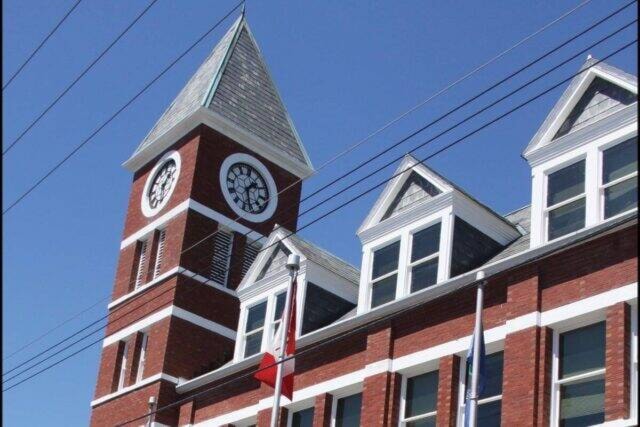Some members of Duncan city council were given a lesson in municipal budgeting at their regular meeting on April 3.
Council gave the fourth and final reading to the city’s budget for 2023 at the meeting that will see an 8.9 per cent increase in property taxes.
But Coun. Garry Bruce asked the city’s financial director Bernice Crossman about an item in her budget report which stated that $75,000 was used last year from the Police Bridging Capital reserve fund to help reduce the tax increase in 2022, and now it must be “made up” in the budget for 2023.
RELATED STORY: CITY OF DUNCAN CONSIDERS 8.9% TAX INCREASE IN 2023
The city’s population has surpassed 5,000, and as a result, starting on April 1, 2022, the city was required to start paying 70 per cent of its policing costs for the first time, as required by the provincial Policing Act.
In anticipation of the increased costs that this would bring, the city set up and began contributing to the Police Bridging Capital reserve fund in 2009 with the intention of putting aside money each year so that it would not be such a shock to Duncan’s taxpayers when the city had to start paying for policing.
But the city has borrowed from the reserve fund over the years, including to pay off its debt towards the Cowichan Aquatic Centre, and $75,000 in 2022 to help keep the tax increase to 5.2 per cent.
Crossman explained to Bruce that if the city spends money from reserves in one year, it is required to make it up the following year in the form of a tax increase.
RELATED STORY: DUNCAN LOOKING AT 5.2% TAX INCREASE IN 2022
“So the $75,000 is how much we used in 2022’s budget to smooth out the tax increase, so now that money has to come into the budget for 2023 to make that up,” she said.
Crossman said it’s not a tool that the city would want to use a lot because its does have repercussions in the following year.
“But it is helpful so that you don’t have a very big tax increase one year and then go back to normal the next year,” she said.
“You can’t eliminate the tax increases, but you can push them down the road a little bit so they’re smoother [for taxpayers].”
Mayor Michelle Staples added that municipalities try to use this tactic sparingly.
“It’s used some times to make it so that [tax increases] are more balanced from year to year rather than spiking during some years,” she said.
robert.barron@cowichanvalleycitizen.com
Like us on Facebook and follow us on Twitter
